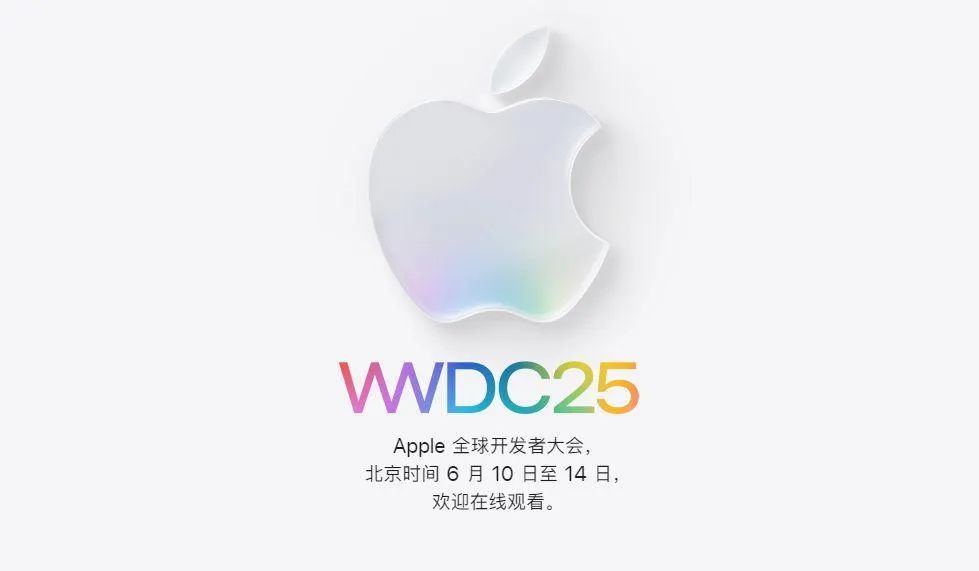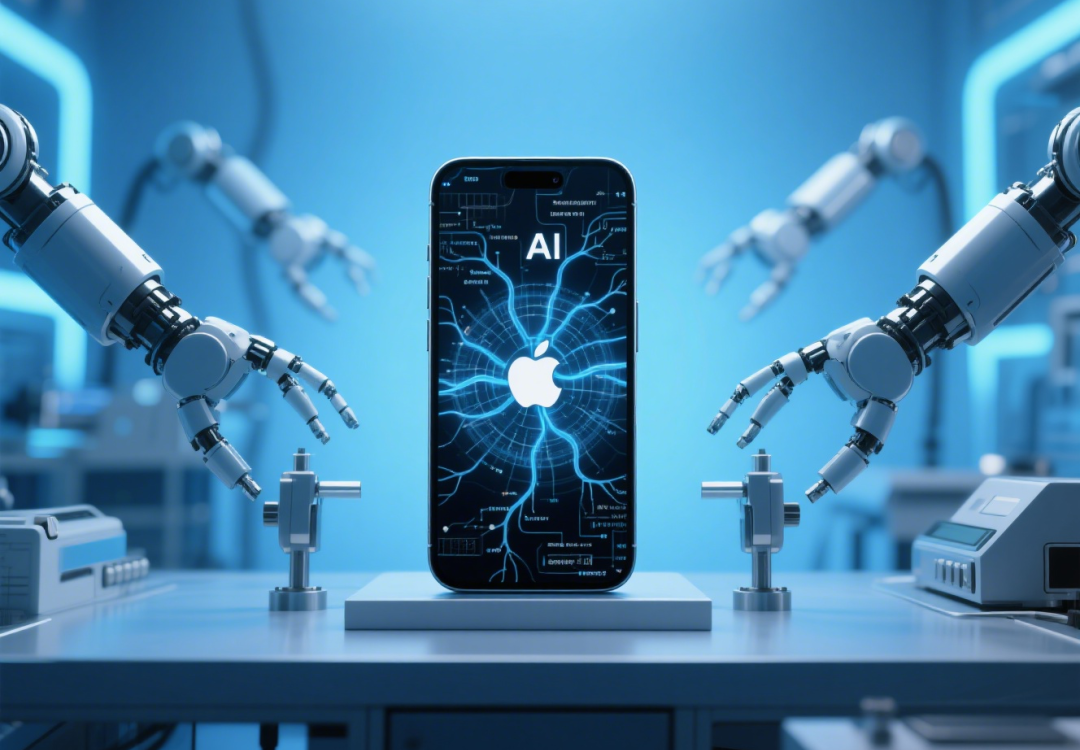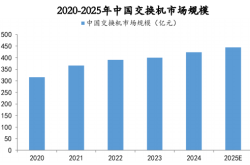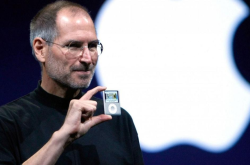Apple's AI: Delayed and Downgraded
![]() 06/06 2025
06/06 2025
![]() 707
707
Source: Byte Source
Apple's AI ambitions are being constrained by a mere 3 billion parameters.
On June 10, the WWDC stage will showcase the "visual revolution" of iOS 26 and macOS 26, introducing a fully integrated semi-transparent circular design language from visionOS. However, Bloomberg's revelations pull back the curtain: the primary device-side model boasts only 3 billion parameters, a fraction of the scale of cloud models.
The alarm bells have already rung in the Chinese market. Mainstream third-party data indicates a significant decline in Apple's dominance, and 3 billion parameters may fail to impress consumers. After all, leading domestic brands have already pushed their device-side models to 7 billion parameters.
More subtly, the 3-billion-parameter device-side model pales in comparison to Apple's cloud-based model with 150 billion parameters, suggesting a lack of sincerity. Users might be anticipating a revolution, but what Apple delivers could merely be a meticulously packaged "technical showcase."
This WWDC conference will be another pivotal moment in the Tim Cook era. As doubts about "lack of innovation" grow louder, will iOS 26 mark the beginning of Apple's resurgence or just another attempt to cover up?
01
The Game of Unified Design
Apple's icons are becoming rounder once again.
In the preview of iOS 26, semi-transparent circular icons emerge as the most prominent visual symbol. This design originates from visionOS, the operating system Apple created for the Vision Pro headset. Now, it has been transplanted to the iPhone, aiming to unify the fragmented Apple ecosystem under the banner of "aesthetic consistency."

But can roundness truly solve all problems? From skeuomorphism to flat design, and now to the "glassy" circular design, Apple's design language evolution resembles a meticulously choreographed show. The official rationale is that the new icons can "enhance immersion" and make the digital interface feel more tactile, akin to the physical world.
For Apple, profit constraints are tightening. On June 2, Fortune magazine released the 2025 list of America's 500 largest companies. Among them, Apple earned $93.736 billion last year, down about 3.4% from the previous year, slipping to second place on the profit list after four consecutive years at the top.
Given current market conditions, equipping the iPhone with a chip capable of running a model with more than 3 billion parameters would inevitably increase the overall cost of the device. Before Cook can find new market growth for Apple, a dilemma must be faced: either abandon the red line of hardware gross margin or compromise on AI performance.
In this scenario, the visual revolution becomes a distraction. Apple's VisionPro ecosystem blueprint necessitates mobile support, but the iPhone's profit fortress cannot be shaken. When a unified design language meets semiconductor economics, Cook's team chooses to sacrifice parameters for capacity.
Moreover, by unifying the interfaces of phones, computers, and headsets into "glassy discs," Apple can build a stronger ecological barrier. When users become accustomed to this visual language on the iPhone, the cognitive threshold for purchasing Vision Pro will decrease. This "frog in boiling water" strategy once propelled Apple Watch to success—in 2015, its square interface was mocked as "looking like a toy dial," but now it has become the default form for smartwatches.
Roundness is ultimately just an appearance.
In Apple's earnings calls over the past year or two, "service revenue" has been a key topic, while "hardware revenue" is mentioned routinely. This weighting may reveal the truth: when hardware growth peaks, Apple needs to stimulate replacement desire with visual novelty. Behind those semi-transparent circles lies a shrewd business calculation—it's easier to get users to pay for something that "looks different" than to convince them it "works more efficiently."
But the risks are also evident. The Android camp has long grown weary of round icons: Samsung's One UI tried a similar design in 2021 but eventually adjusted due to "visual monotony."
02
The Struggle in the Chinese Market
When downgraded AI collides with stringent application scenarios, Apple's ecological shortcomings are fully exposed.

Apple AI concept image | Created by Byte Source
Chinese users' reliance on AI far exceeds imagination. Daily high-frequency AI usage scenarios focus on functions with high computing power demands, such as speech-to-text and real-time translation. These are precisely the areas where Apple's 3-billion-parameter device-side model struggles to keep up. When users send long voice messages via WeChat or order food through Meituan, the device-side model can only transmit basic instructions. Core computations still need to be offloaded to the cloud.
Adopting a cloud-relay model may introduce latency to related applications. Due to data compliance requirements, Apple's Chinese servers have significantly higher response times than those in other regions. Simultaneously, Chinese regulators mandate that generative AI data must be processed locally. If Apple wants to provide comprehensive services, it needs to invest heavily in building data centers.
Differences in user habits exacerbate technological mismatches. According to the "Global AI Trust, Attitudes, and Applications Survey Report (2025)," Chinese respondents have significantly higher trust and acceptance of artificial intelligence (AI) than the global average. Data shows that over half (58%) of global respondents actively use AI tools, with 31% using them weekly or even daily. The application rate of AI in the Chinese workplace is as high as 93%, with half (50%) of users reaching a level of routine application, demonstrating a significant lead.
The advantage of the closed ecosystem is eroding. Apple's prided hardware-software synergy is showing cracks in the face of localized AI services. Developers are more inclined to optimize high-computing power applications for domestic systems, as these systems not only provide complete device-side AI interfaces but also eliminate concerns about server-side bottlenecks.
Even in ecosystems dominated by super apps like WeChat and Douyin, Apple's application experience is declining in regions like Europe, America, and Japan.
Five years ago, the closed nature of the Apple ecosystem was a moat—the service matrix composed of iMessage, AirDrop, and FaceTime made it difficult for users to switch. But now, WhatsApp and Telegram support cross-platform chatting, Nearby Share enables seamless transfer between Android and Windows, and Zoom dominates the video conferencing market.
Market patience is running out. As competitors like Huawei are making significant strides with their "ahead of the curve" posture, Apple users are accelerating their exodus. The parameter gap has evolved into an experience gap, and the trend of users voting with their feet seems difficult to reverse.
03
Relying on Developers to Save the Day
Apple's user loss in the Chinese market is accelerating.
A report released by Canalys shows that in 2024, Apple's share of the Chinese smartphone market plummeted from 19% in the same period of 2023 to 15%, falling from first place to third, overtaken by vivo and Huawei. This decline has persisted into 2025. In the first quarter of this year, Apple's shipments were 9.2 million units, down 8% year-on-year, ranking fifth in China with a market share of 13%.

Image source: Canalys
This situation contrasts sharply with the strength of competitors. Taking Huawei as an example, its Pangu large model has achieved multimodal interaction. Whether it's Xiaoyi Assistant or the smart hub of HarmonyOS, it has demonstrated strong adaptability in user experience. More importantly, with the support of traditional advantages in communication, battery life, and photography, Huawei is gradually redefining new standards for high-end domestic smartphones.
This technological gap is directly reflected in user choices. A considerable proportion of young consumers briefly test iPhones in Apple experience stores and then turn to neighboring Huawei stores. Faced with Apple store employees, they most often ask, "When will your AI arrive?"
Last year, when Cook described the iPhone 16 as offering a "revolutionary AI experience" at the launch event, he never anticipated it would become Apple's biggest marketing blunder in recent years. Months later, those flashy AI features are virtually non-existent in the Chinese market. Users who spend tens of thousands of yuan on an "AI flagship" end up with a compromised version.
As a result, on social media, Apple's AI has been dubbed "PPT-level AI" due to its repeated delays.
At such an awkward juncture, Apple thinks of leveraging its developer ecosystem. Media reports suggest that Apple will open up its artificial intelligence (AI) model permissions to third-party developers at this conference, allowing them to build application functions based on the Apple Intelligence large language model.
After opening up AI permissions, Apple will enable external developers to create AI functions based on Apple's underlying large language model (LLM). The initially opened models will focus on lightweight versions running on devices rather than complex models relying on cloud servers.
Currently, the Apple App Store has 6 million developers. If 10% of these teams develop applications based on Apple's AI model, it is expected to spawn tens of thousands of innovative tools, significantly enhancing user stickiness. Renowned tech journalist Mark Gurman believes, "Apple is using developers' creativity to offset its own technical shortcomings. It's a gamble, but it's the only option."
On June 5, Apple sent a positive signal to developers, revealing that the global App Store facilitated $1.3 trillion in developer turnover and sales in 2024. Over 90% of the turnover and sales facilitated by the App Store ecosystem go entirely to developers, without any commission payable to Apple.
In this way, Apple can temporarily alleviate the pressure brought by the "pseudo-AI" proposition in the Chinese market. However, from the perspective of the actual development ecosystem in the AI field, developers currently lack a unified understanding of application development related to AI models. From the various intelligent agents that have gained popularity this year, whether it's large companies vigorously developing systems or small and medium-sized entrepreneurial teams trying to "achieve big results with small efforts," the overall situation is still in the exploratory stage.
In this chaotic moment, Apple's mere opening up of AI model permissions may be insufficient to motivate developers to invest in it unless it points them in the right direction in terms of commercialization and other aspects.
The WWDC on June 10 may become a watershed. If Apple fails to demonstrate AI capabilities that are more advanced than rumored, the capital market may vote with its feet. After all, in an era where AI defines the entire tech industry, no one is willing to pay a premium for a "semi-intelligent" experience. That "heart" with 3 billion parameters is becoming a thermometer of Apple's innovation capabilities.
Some images are sourced from the internet. Please inform us for removal if there is any infringement.








